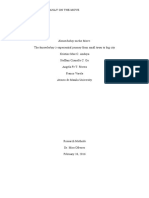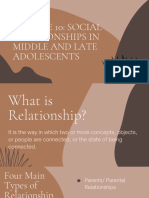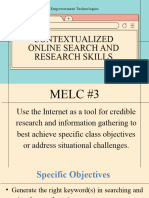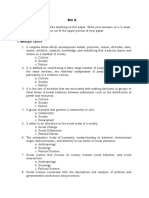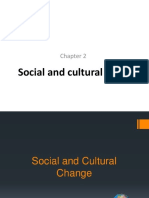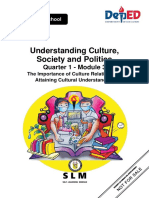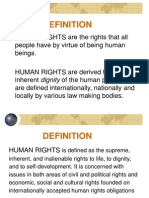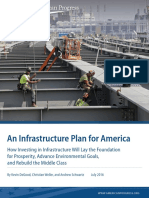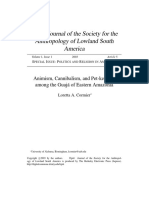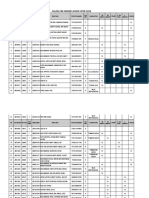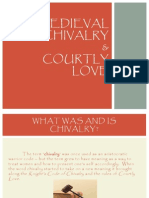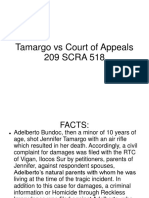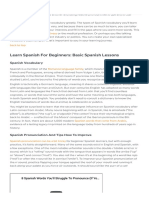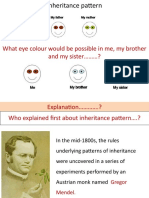WWW.AMERICANPROGRESS.ORG
A P P H OT O / A L L E N G . B R E E D
Housing the Extended Family
By Michela Zonta October 2016
















































































































































































Housing the Extended Family
By Michela Zonta October 2016
1 Introduction and summary 4 A look at extended families 14 Housing conditions of extended families 32 Recommendations 40 Conclusion 41 Appendix: Methodology 49 About the author 50 Endnotes
Contents
1 Center for American Progress | Housing the Extended Family
Introduction and summary
Is he U.S. housing marke keeping pace wih demographic changes? Tis is a crii-cal quesion or planners and policymakers who work o ensure ha all American amilies have a decen, sae, and affordable home o heir choice. I can be misleading o atemp o answer his imporan quesion by relying solely on naional saisics, which lump all households ogeher, because oday’s American households are more diverse han ever and are increasingly becom-ing so. As an example, official saisics indicae ha he average home size has increased while household size has decreased;
1
however, i we disinguish among differen ypes o household composiion, he picure is much more complex. Te shrinking average household size is parly he resul o an increasing number o individuals living alone and o couples delaying having children. In addiion, wha is no direcly obvious rom his saisic is ha he number and size o oher ypes o households has also increased. Tese include he exended amily, a living arrangemen ha has been prolieraing in he pas ew decades and has ended o grow aser han he nuclear amilymarried couples wih single children under he age o 18ha was more common in he middle o he 20h cenury. While much media atenion has been ocused on he rise o smaller households, less atenion has been given o he growing segmen o he populaion ha is living in larger, exended amilies. Te erm “exended amily” reers o he living arrangemen o groups o individuals whose relaionships o each oher exend beyond he nuclear amily. Examples o exended amilies include amilies in which adul children reurn o heir parens’ home or financial suppor; amilies ha ake in parens who may be widowed, ill, disabled, or in need o economic and oher ypes o suppor; and amilies ha ake in he householders’ siblings or oher relaives o he same generaion. Te U.S. populaion living in exended am-ilies increased rom 58 million in 2001 o 85 million in 2014. In 2014, exended amilies represened 17 percen o all households.


















